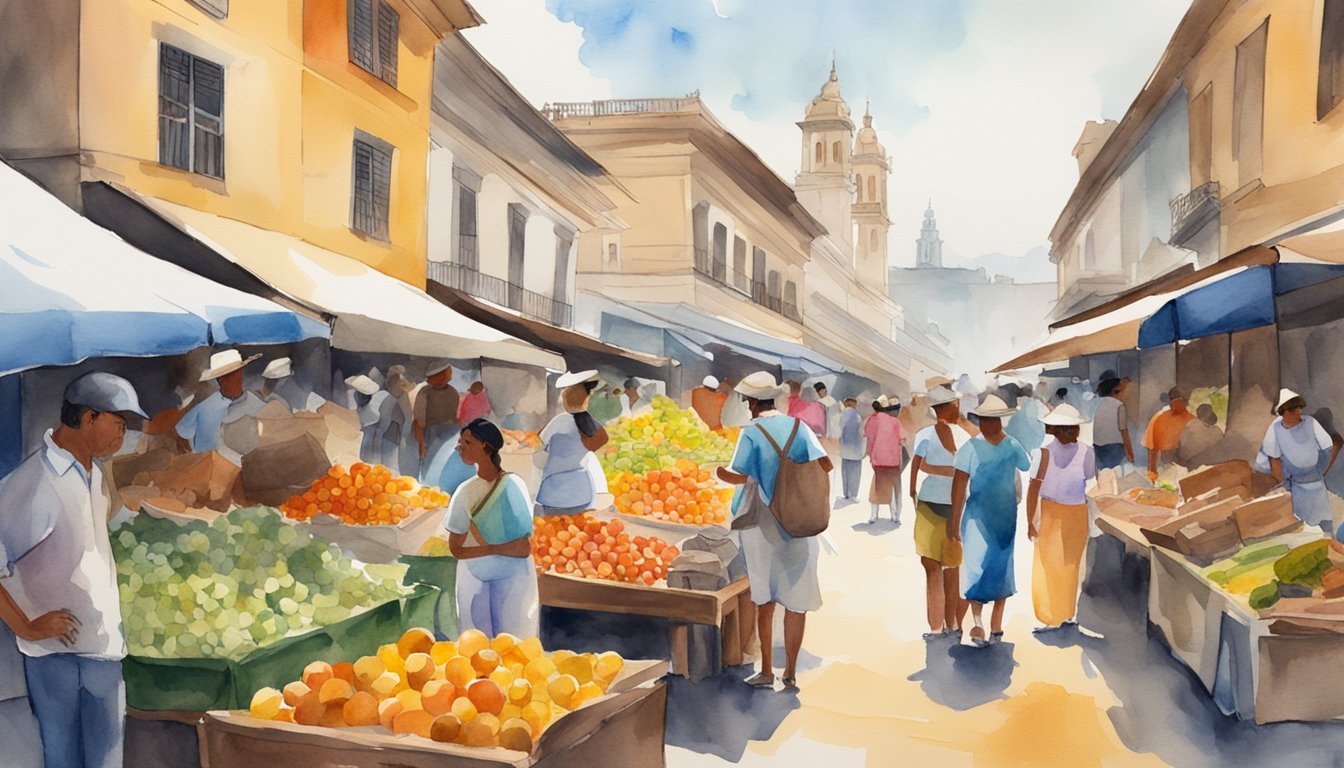Overview of Brazil
Geography and Climate
Brazil, officially the Federative Republic of Brazil, is the largest country in South America and the fifth-largest in the world. It occupies half of the continent’s landmass and has a diverse geography that ranges from the vast Amazon rainforest to the extensive coastline along the Atlantic Ocean. It has approximately 4,600 miles (7,400 km) of coastline, giving it a tropical climate in most of its regions.
History and Independence
Brazil has a rich and long history, as it was under Portuguese rule for more than three centuries. The country gained its independence in 1822, maintaining a monarchical system of government until the abolition of slavery in 1888. The military subsequently proclaimed a republic in 1889 (source). Today, Brazil is a significant emerging economic power and one of the world’s largest democracies.
Demographics and Language
With a population of over 200 million, Brazil is the seventh most populous country globally. Its capital is Brasília, while its most populous city is São Paulo. The country is composed of 26 states and the Federal District (source). The official language of Brazil is Portuguese, making it the largest Portuguese-speaking country in the world.
Brazil’s demographics are diverse, with a mix of indigenous peoples, descendants of African slaves, and various European immigrant groups. This rich cultural background has created a unique blend of customs, traditions, and cuisines that contribute to Brazil’s vibrant and lively identity.
Government and Economy

Political Structure
Brazil is a federative republic with a president as the head of state and government, as well as a vice president. The country is divided into 26 states and a Federal District, which is home to the capital city, Brasília.
The legislative branch, known as the National Congress, is made up of two houses: the Federal Senate and the Chamber of Deputies. Brazil’s political system operates under the Constitution as the supreme law of the land.
Economical Insights
The economy of Brazil is the largest in Latin America and the second largest in the Americas. In 2024, Brazil had the 8th largest GDP in the world, and it is classified as an upper-middle income developing mixed economy. The country’s currency is the Brazilian Real (BRL).
Brazil is known for its diverse range of industries, including mining, agriculture, and manufacturing. Some of the largest cities in Brazil are São Paulo, Rio de Janeiro, and Brasília, which are major contributors to the nation’s economy.
Economic growth has been supported by a strong recovery in recent years, boosted by factors such as booming terms of trade and robust private sector credit growth. However, the country faced challenges in the form of the COVID-19 pandemic, which led to the implementation of stimulus packages to help keep the economy moving forward.
In summary, Brazil’s political structure is based on a federative republic with a president and vice president leading the government. The National Congress with its two houses, the Federal Senate, and the Chamber of Deputies, makes up the legislative branch. As for the economy, Brazil is a major player in the global market, and its diverse range of industries and investments have contributed to its position as the 8th largest GDP in the world.

